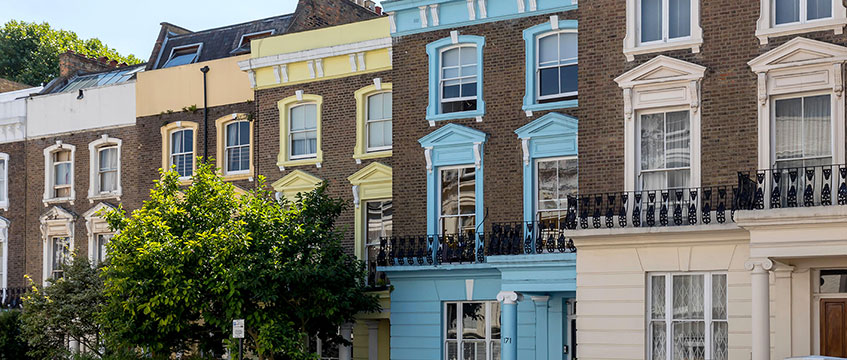As a veteran of the US residential investment market, I winced earlier this year at mayor Sadiq Khan’s suggestion of reintroducing rent control to London.

I can appreciate the best intentions of the suggestion, having grown up in the left-leaning state of California. But I have witnessed first-hand the negative effects of rent control – in stifling new housing supply, but also the many unintended consequences.
Rent control would actually result in more harm than good in terms of protecting the lower earners in our society.
As an American, I can only tip my hat to Khan for suggesting such blatant electioneering policy. We know there is no love lost between London’s mayor and the current US president, but it is certainly right out of the latter’s playbook.
In the US, cities such as Los Angeles, San Francisco and New York have rent control in place and continue to run with this policy, although it should be noted that it does take on slightly different forms. The undeniable outcome is less supply. The impact was so severe that Boston and Cambridge, in Massachusetts, have both rescinded rent control policies.
I have witnessed first-hand the negative effects of rent control – in stifling new housing supply, but also the many unintended consequences
‘Threat to the capital’
In a city like London, which is crying out for greater housing supply, not less, this is a long-term strategic threat to the capital. Housing is a cornerstone of a city’s infrastructure. London is now larger than it has ever been; it simply needs more homes. Major corporates have already cited the concerns of the high cost of housing for their employees. Rent control will put the brakes on new development.
Many of my US contacts have not been deterred by the UK’s exit from the EU. But, without doubt, many would absolutely think twice about investing in London, and the wider UK housing market, if this rent policy was implemented.
With the lack of supply and intense demand for accommodation, a further unintended consequence can be a rise in black market ‘agent’ fees (always in cash) just to secure a home. Yet another unforeseen consequence of rent control is the rise of subleasing, which would be quite an irony for the mayor and the Greater London Authority, which are looking to restrict short-term leasing.
Stateside experiences
I first experienced rent control as a 17-year-old university student at Berkeley in California, which felt perfectly sensible to me as a student on a budget. However, not only was housing even harder to find, but it had an impact on the quality of housing too. Not being able to raise rents created a natural disincentive for landlords to invest in their properties.
The largest and most well-known example demonstrating the negative impacts of rent control in the US is Stuyvesant Town in New York City. Built in the 1940s, this comprised more than 11,000 apartments across 80 acres. I oversaw the company that managed this asset, and many residents had lived there for decades at below-market rents.
Tenants are naturally eager to stay and renew (at fixed increases) at less than market rent. This results in illegal subleasing, which was and is a perpetual headache. As a consequence, we had less understanding of those living in our buildings, creating a security challenge. It also resulted in a more transient resident population with less social cohesion.
New York City also has many apartments used as a pied-à-terre, with people enjoying low rents in the city while also owning a home in the suburbs. This artificially takes rental units out of the inventory, further compounding the housing shortage crisis.
I can appreciate that keeping the wider voter base happy is a natural habitat for politicians, but as custodian of the wellbeing of the city’s populace, there has to be a duty of care. This isn’t it. Rather, just keep it simple. Keep to your historical promises, be bold and create incentives, not obstacles, to building more housing in the city.
David Woodward is chief executive of Global Apartment Advisors and former global head of multifamily for Brookfield











